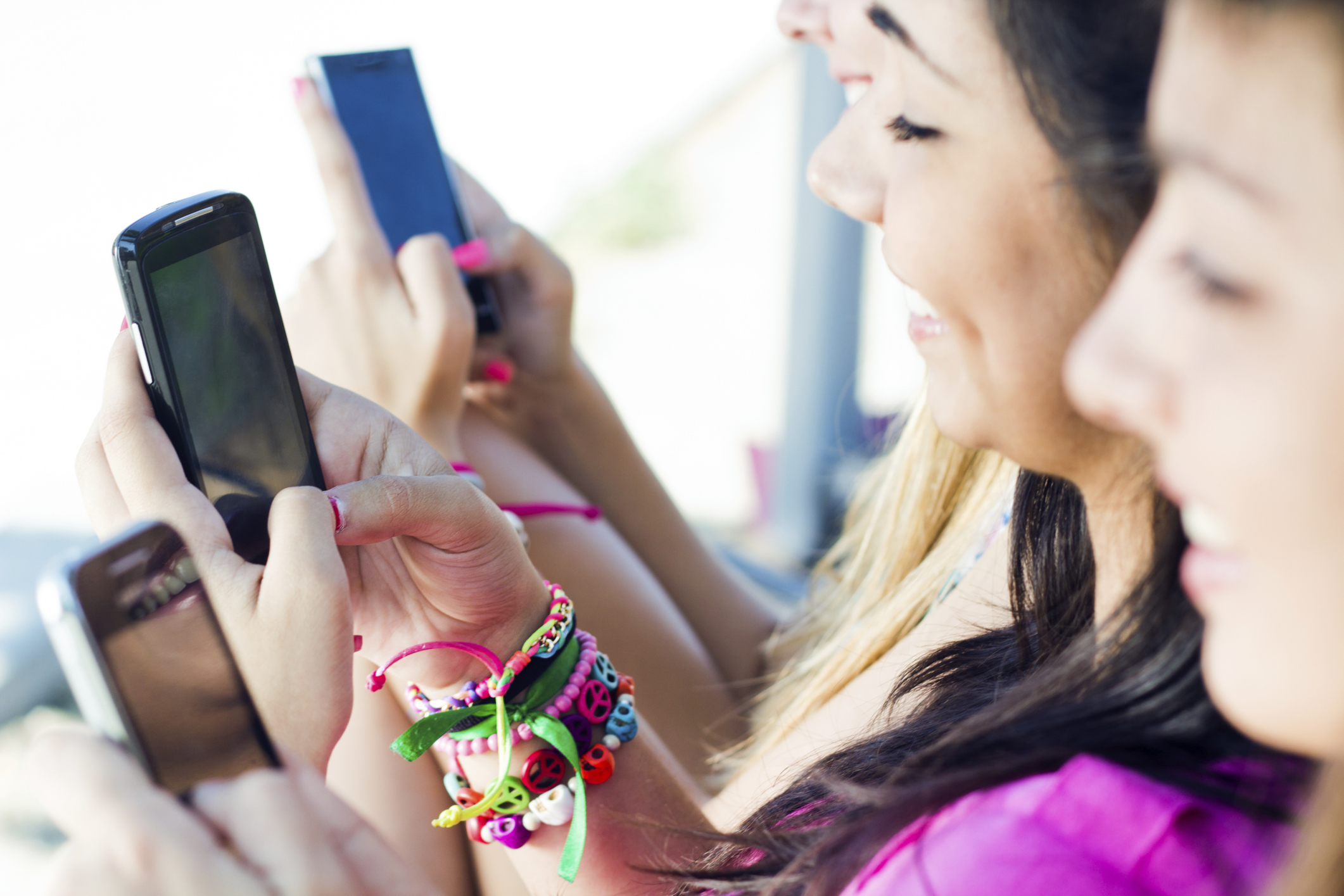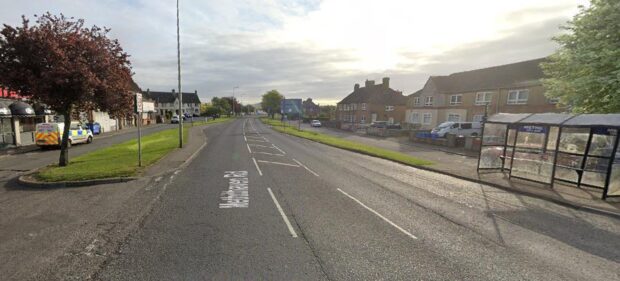Fife has been a trailblazing region in many ways in recent years.
From efforts to tackle poverty to looking at ways to increase recycling, the Kingdom has come up with some pretty novel ideas – not all of which, admittedly, have worked or curried favour with the public.
But having studied the news in recent days, I reckon there’s another way in which Fife Council can lead by example – and it involves our children’s futures.
France has taken the incredibly bold step of banning smartphones as well as other kinds of internet-connected devices for personal use in their schools. It’s initially compulsory for children aged three to 15 years of age, and high schools for students older than that will get the freedom to impose or relax restrictions as they see fit.
As with everything there are pros and cons. But just like with The Courier’s ‘Can It’ campaign calling on schools to curb the use of energy drinks, given the effect they have on pupils’ health and well-being, the benefits surely overwhelmingly overshadow any pitfalls?
I’m not talking about banning phones completely. Safety in the event of any emergency is a key reason why parents equip their youngsters with phones these days, and that has to be respected.
But any teacher will tell you that a significant portion of their time these days is taken up with telling kids to switch off their phones or divert their attention away from their devices and back on what they should be focusing on – their education.
Studies conducted on teenagers with internet and smartphone addiction demonstrated that their brains had higher levels of a neurotramsmitter that slows down neurons, resulting in reduced levels of control and attention and rendering people more susceptible to distractions.
And other research in London showed that banning smartphones in schools caused a clear improvement in students’ test scores.
There’s simply no place for Twitter, Facebook, Snapchat, Instagram and God knows what else the youth of today access on their phones while in a classroom setting.
I’d even argue, as a child of the 90s, that there’s no place for these things at school in general, especially at lunchtime, as seeing pupils interacting with others rather than staring blankly at screens en masse does more for their development in a number of senses.
Some might say a blanket ban would be draconian, and I’m not saying phones shouldn’t be allowed on a pupil’s person, but if ensuring phones and tablets are either left at home or switched off from the start of the school day cuts down on the distractions then I firmly believe it’s something Fife schools should at least look at – if not blaze another trail with.










